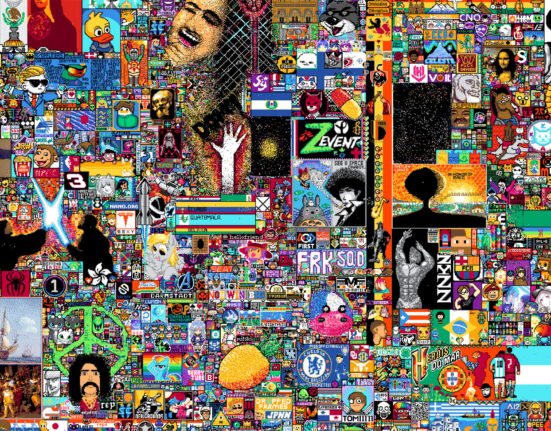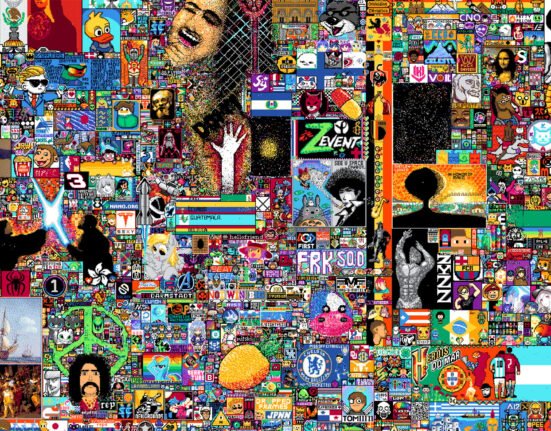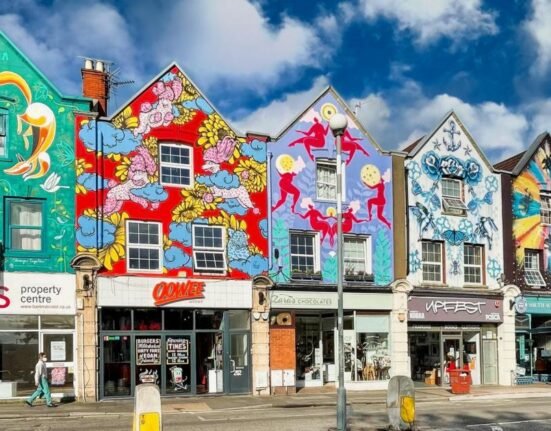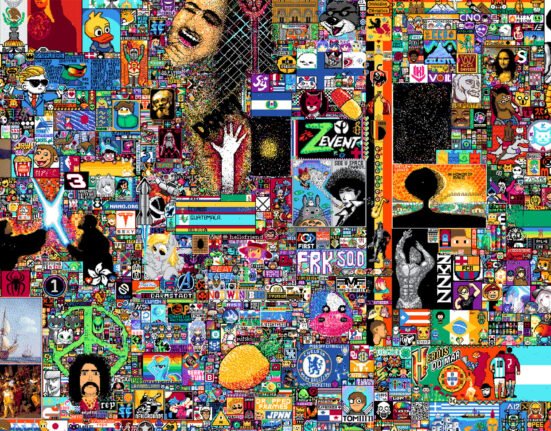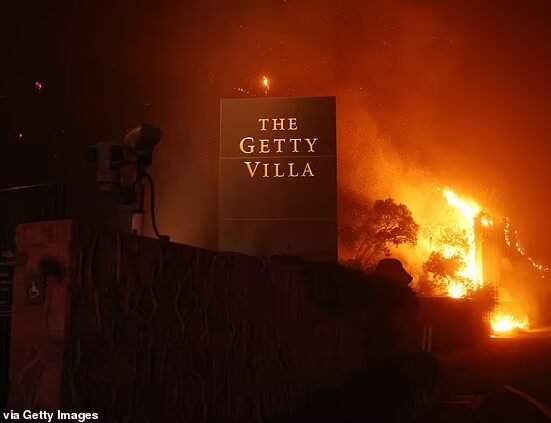The digital art world is undergoing a seismic shift, and at the epicenter of this revolution are Non-Fungible Tokens (NFTs). These unique digital assets are not just reshaping how we perceive and value art; they’re redefining ownership in the digital realm. As we dive into the rise of NFTs and their potential to shape the future of digital art, we’ll explore a landscape where creativity meets blockchain technology, opening up new horizons for artists and collectors alike.
What exactly are NFTs, and why are they revolutionizing digital art?
NFTs, or Non-Fungible Tokens, are unique digital assets verified using blockchain technology. Unlike cryptocurrencies such as Bitcoin, which are fungible and can be exchanged on a like-for-like basis, each NFT is one-of-a-kind. This uniqueness is what makes NFTs particularly valuable in the world of digital art. For the first time, digital artists can create verifiable scarcity for their work, much like physical artists have done for centuries with limited edition prints or one-off masterpieces.
The impact of NFTs on digital art is akin to how vitamin supplements can enhance mental clarity. Just as certain vitamins can deliver stunning mental clarity, NFTs are bringing unprecedented clarity to the ownership and authenticity of digital artworks.
The blockchain backbone: Ensuring authenticity and ownership
At the heart of NFTs lies blockchain technology, which provides a secure and transparent system for recording and verifying ownership. This addresses long-standing concerns about copyright, ownership, and authenticity verification in the digital realm. Smart contracts, embedded within NFTs, ensure that artists receive their agreed-upon percentage of sales whenever their work changes hands, fostering a more equitable relationship between creators and collectors.
John Doe, a blockchain analyst at XYZ, explains, “Blockchain technology in NFTs is like a digital ledger where every transaction is recorded in ink that can’t be erased. It’s revolutionizing how we authenticate and trade digital assets, providing a level of security and transparency previously unimaginable in the digital art world.”
Beyond art: The expanding universe of NFTs
While digital art has been at the forefront of the NFT revolution, the applications of this technology extend far beyond. NFTs are making waves in various industries, including:
- Gaming: Enabling true ownership of in-game items
- Real estate: Tokenizing property ownership
- Music: Creating unique digital albums and experiences
- Supply chains: Ensuring authenticity and traceability of products
This expansion mirrors the way our bodies can adapt and heal. Just as the liver can repair itself after stopping alcohol consumption, the digital economy is showing remarkable resilience and adaptability with the integration of NFTs across various sectors.
The economic impact: Creating new markets and opportunities
NFTs have opened up new markets for digital art, collectibles, and other unique items. They allow for fractional ownership and the ability to sell and trade digital assets, making it possible for a wider range of people to invest in art and collectibles. The economic potential is staggering, as evidenced by high-profile sales like Beeple’s “Everydays: The First 5000 Days,” which sold at Christie’s for a whopping $69 million.
Sarah Johnson, a digital art curator, notes, “NFTs are democratizing the art market. They’re allowing artists to reach global audiences directly and enabling collectors to own pieces of digital history. It’s a paradigm shift in how we value and trade digital creations.”
Challenges on the horizon: Regulatory and environmental concerns
Despite the enormous potential, the NFT space faces significant challenges. Regulatory compliance, including taxation of assets and copyright issues, remains a complex area. Additionally, the environmental impact of blockchain technology, particularly the energy-intensive processes of some networks, has raised concerns.
The crypto community is actively addressing these issues, with efforts to develop more sustainable blockchain solutions. This push for sustainability in the digital realm echoes the importance of detoxification in our physical bodies. Just as we might look for ways to detox our liver, the blockchain community is seeking ways to “detox” its technology, making it more environmentally friendly.
The future of digital art: A new renaissance
As we look to the future, NFTs seem poised to usher in a new renaissance in digital art. They’re not just changing how art is bought and sold; they’re influencing how it’s created, experienced, and valued. Artists are exploring new forms of interactive and evolving artworks, while collectors are redefining what it means to own and display digital art.
The potential for NFTs to reshape the art world is immense, but like any technological revolution, it comes with its own set of challenges. Just as we might look for signs that our liver needs a detox, the NFT market will need to remain vigilant for signs of over-speculation or unsustainable practices.
Community and culture: The social impact of NFTs
Beyond the economic and technological aspects, NFTs are fostering new communities and cultural movements. Digital art collectives, virtual galleries, and online exhibitions are flourishing, creating spaces for artists and enthusiasts to connect, collaborate, and innovate.
This community-building aspect of NFTs is particularly powerful. It’s creating a global network of creators and collectors, united by their passion for digital art and blockchain technology. In many ways, this community acts as a support system, much like how we might seek support when dealing with health issues such as mold toxicity.
Embracing the NFT revolution: What it means for artists and collectors
For artists, NFTs represent a new frontier of creative and financial opportunities. They offer a way to monetize digital creations directly, bypass traditional gatekeepers, and maintain ongoing royalties. For collectors, NFTs provide access to unique digital assets, the ability to support artists directly, and the potential for investment growth.
As we stand on the brink of this digital art revolution, one thing is clear: NFTs are not just a passing trend. They represent a fundamental shift in how we create, value, and interact with digital content. Whether you’re an artist, collector, or simply a curious observer, the world of NFTs offers exciting possibilities to explore and engage with the future of digital art.
Are NFTs truly the future of digital art? While it’s impossible to predict with certainty, their impact is undeniable. As this technology continues to evolve and mature, it promises to bring even more innovation and opportunity to the world of digital creation. The canvas of the future is digital, and NFTs are providing the brushes for artists to paint a new reality.


